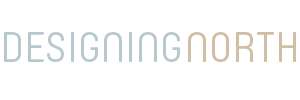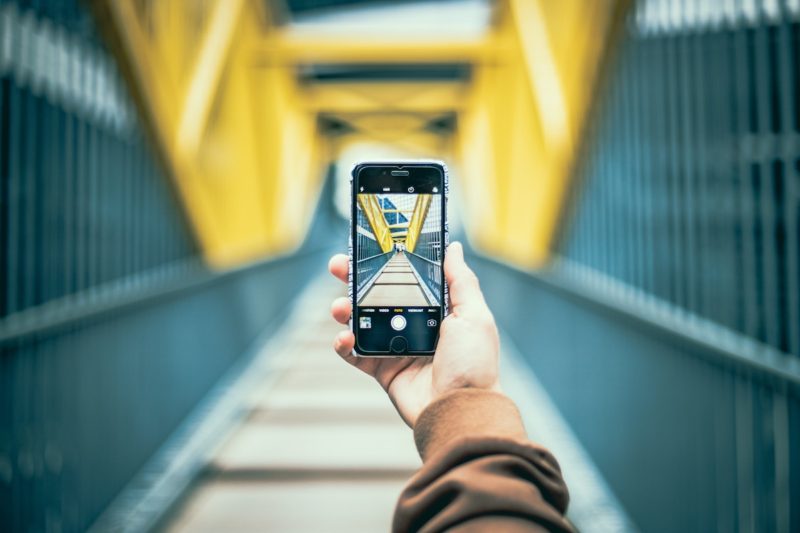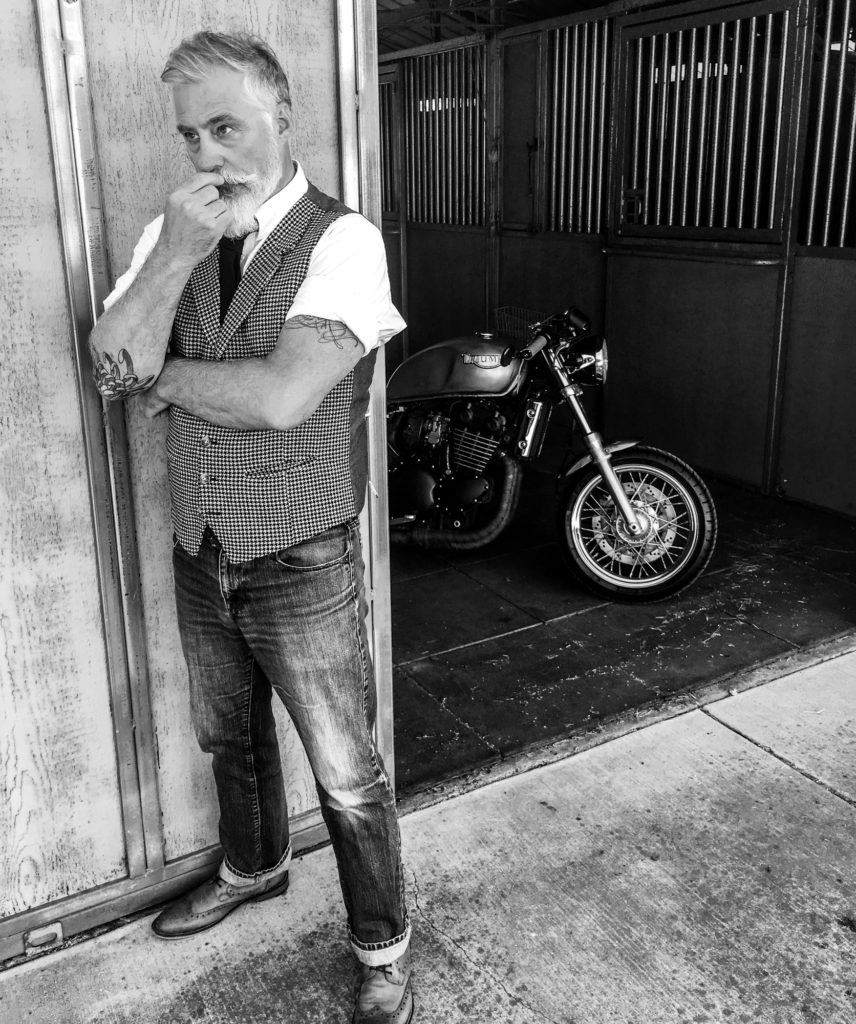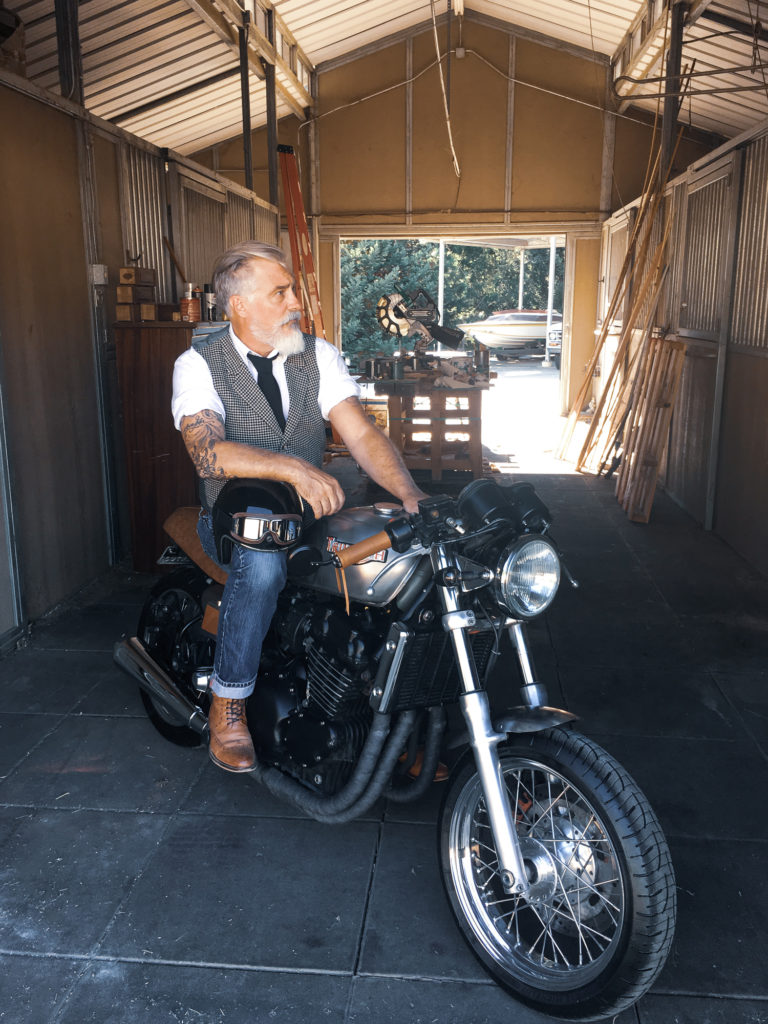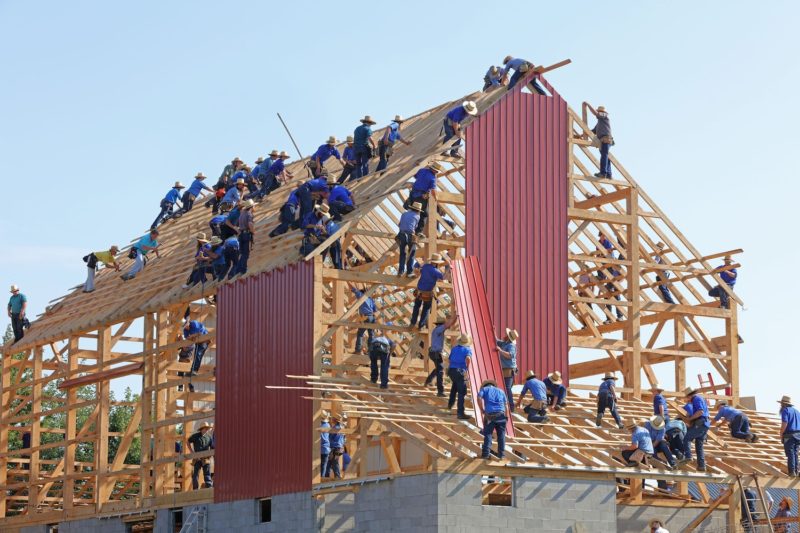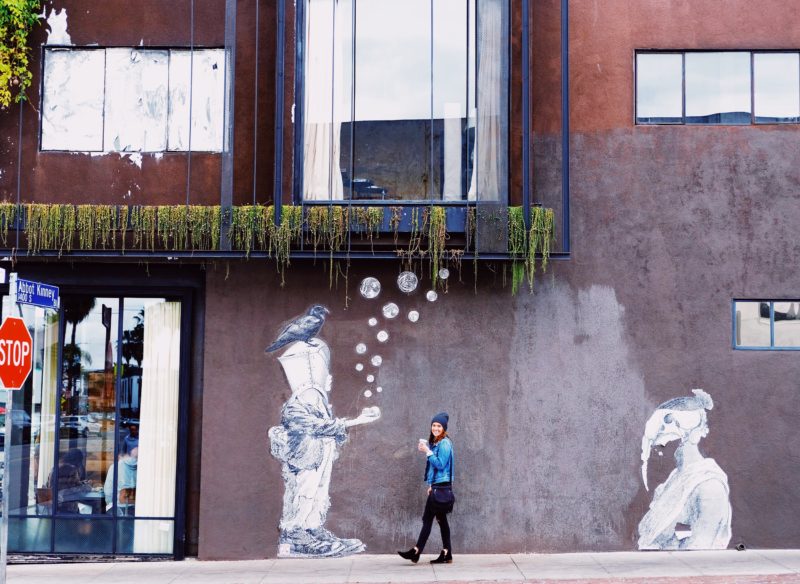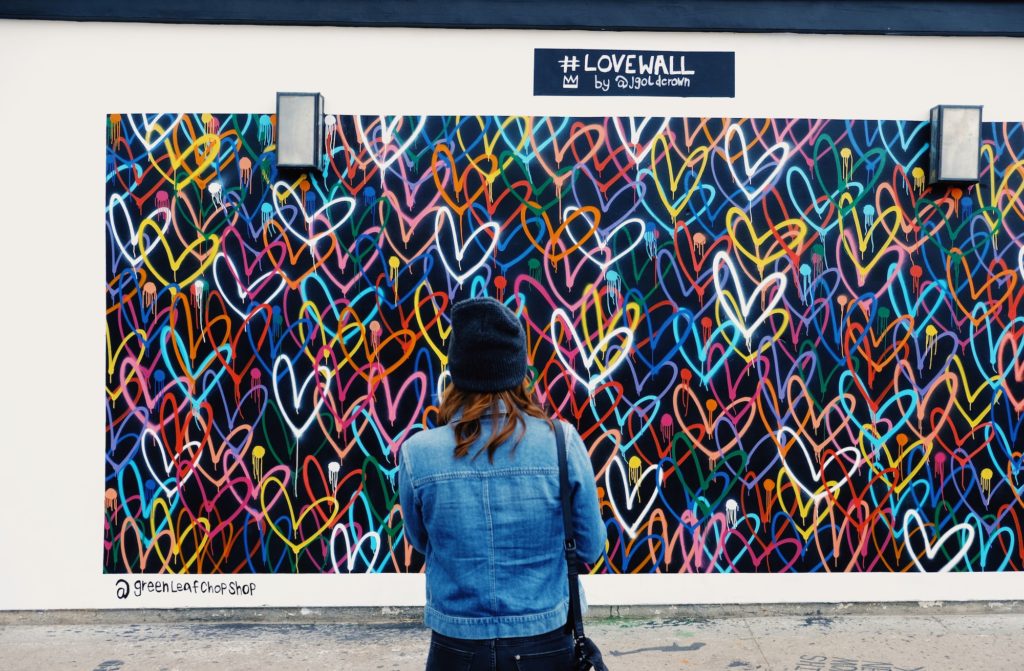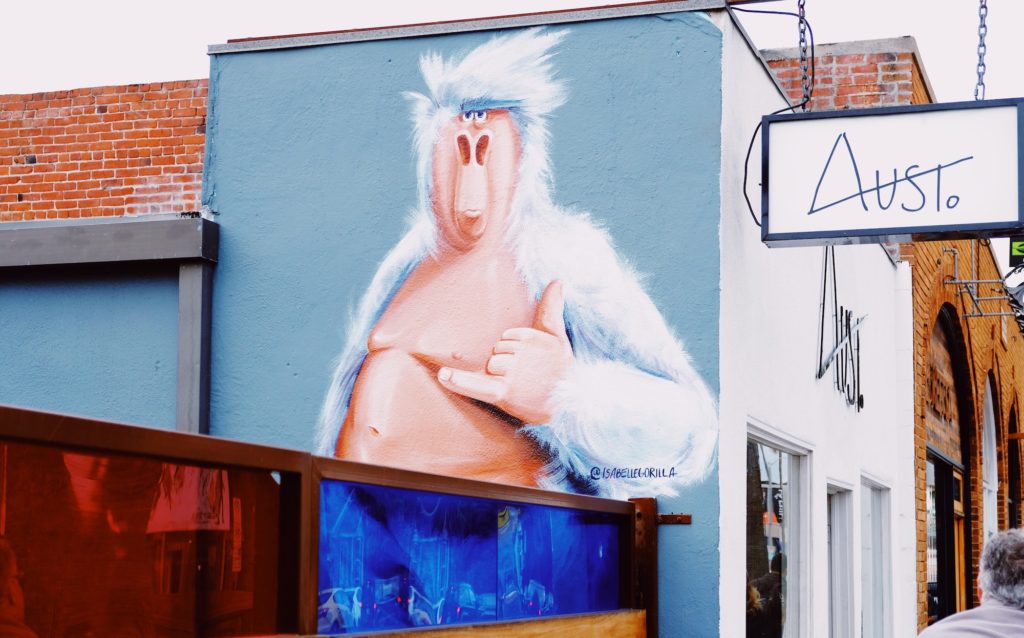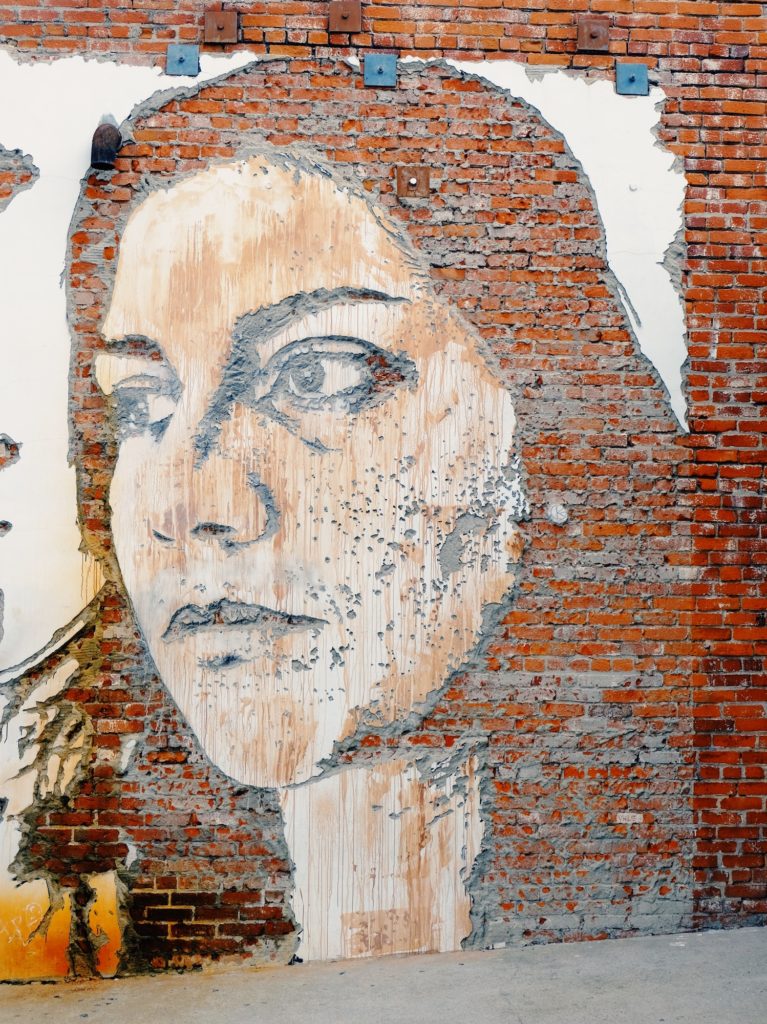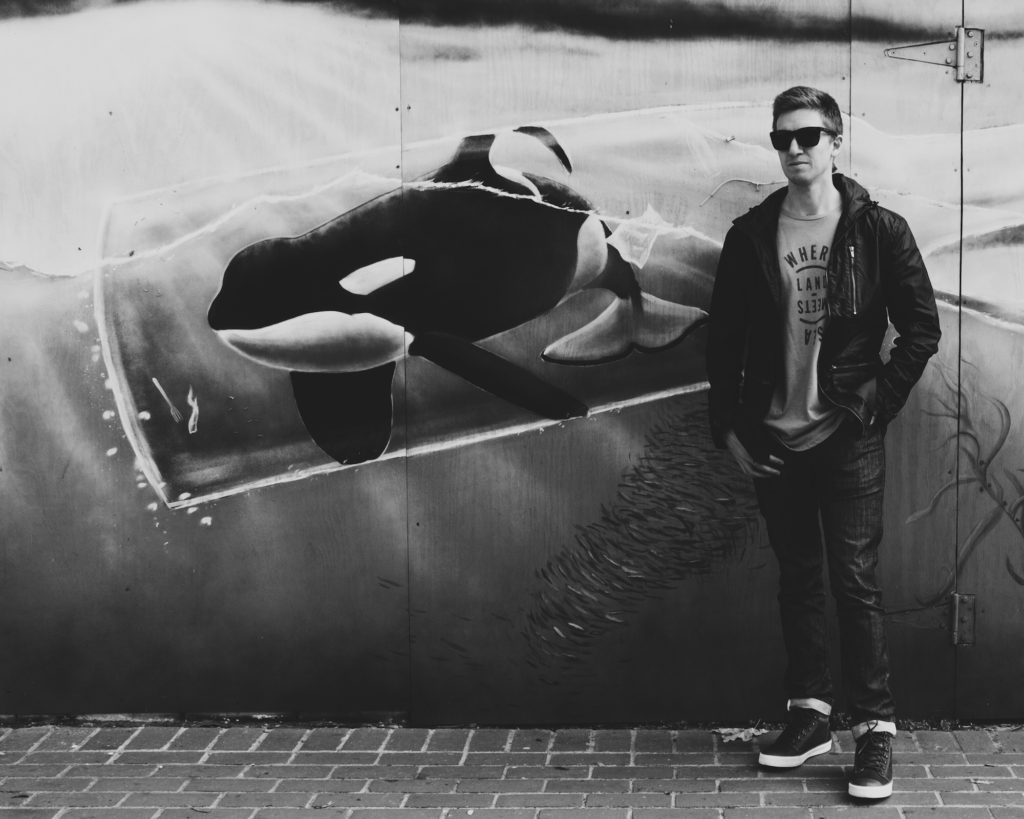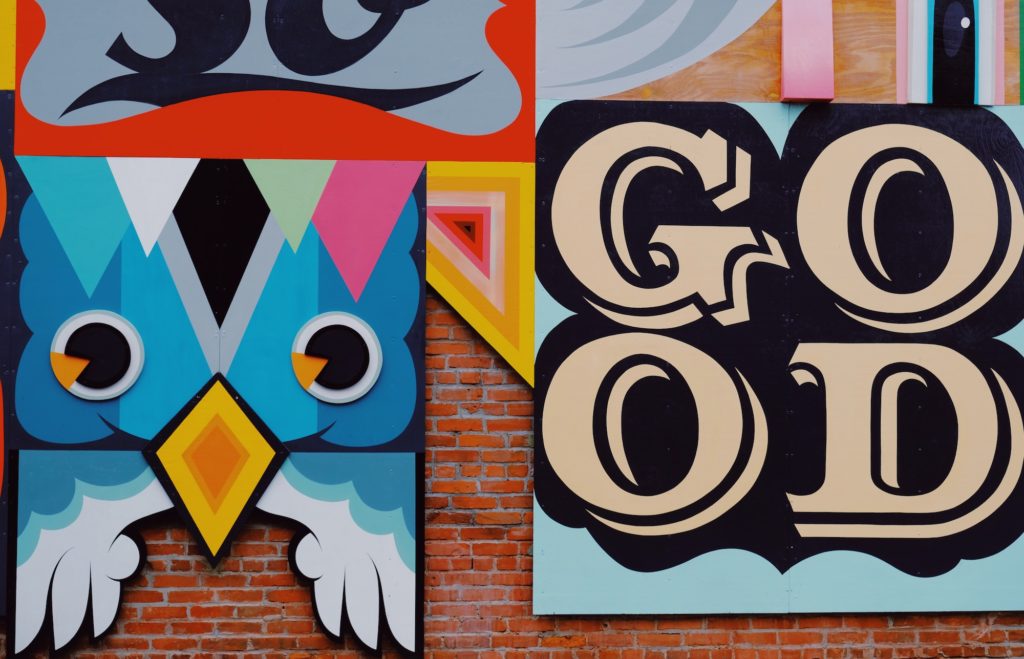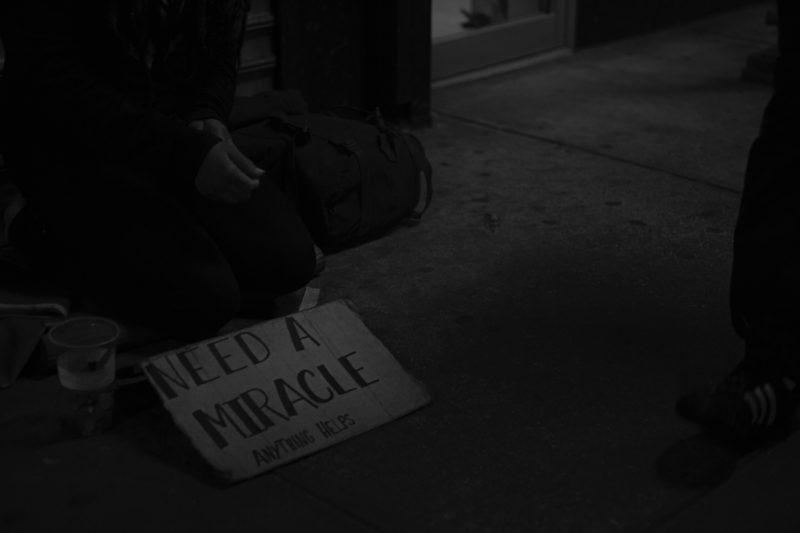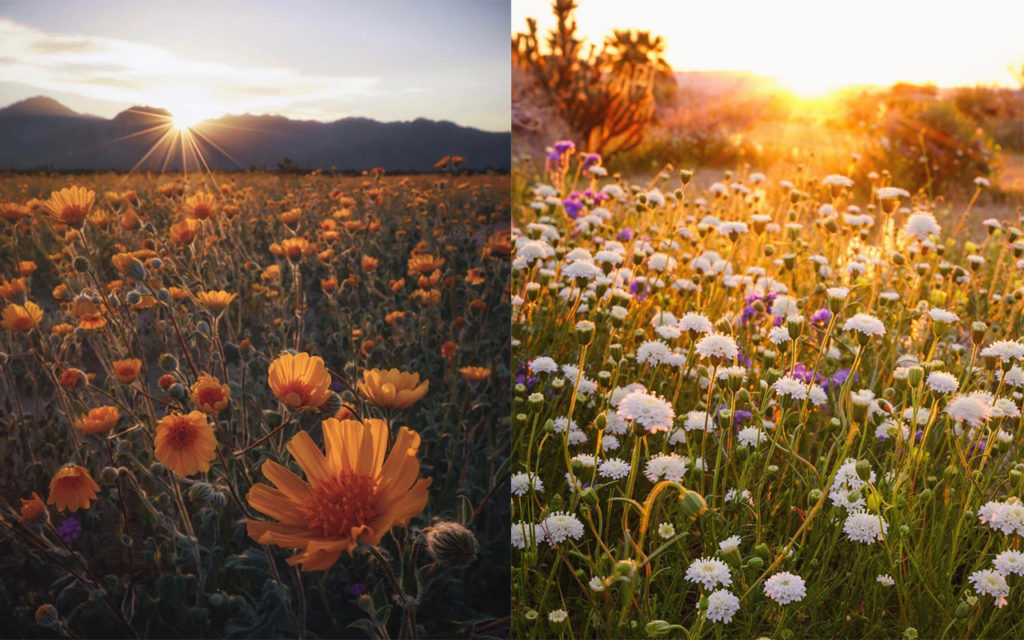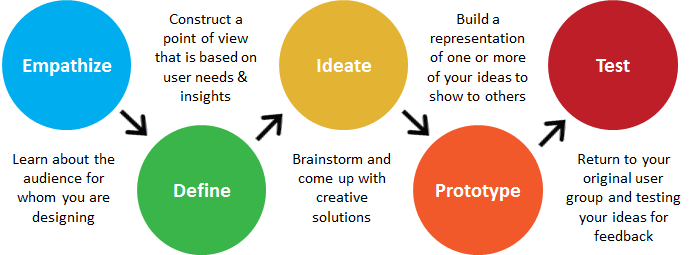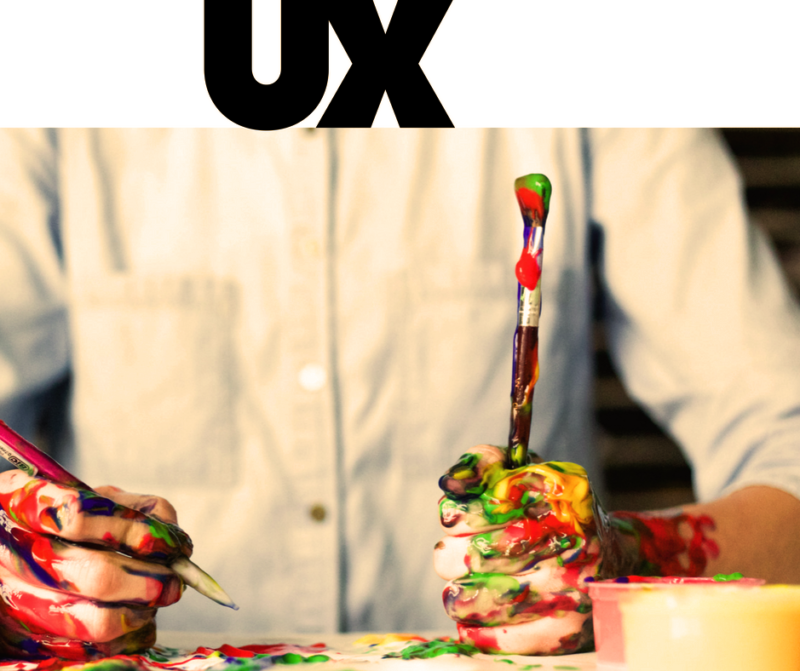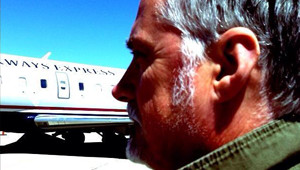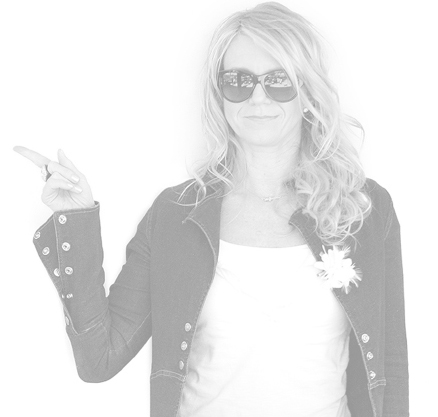The take-away feeling an end user records from an experience in a digital environment reigns supreme. With almost any product or service accessible via wifi and a connected device, user behavior is most accurately analyzed with patterns of interaction between people and technology devices. In fact, many people spend a significant portion of their day “glued” to mobile screens (for the average consumer, that’s 5 hours per day), scanning social accounts, browsing trends, visualizing their ideal self and inevitably measuring digital self-worth.
Equally important, people search for answers to difficult life-questions using digital experiences as validation. And they are convinced by their findings, certain their devices (and someone else’s experience) confirm reality. Whether this is good or bad, it supports the idea that people can arrive at sensible conclusions upon interacting with well-designed digital touchpoints — websites, web apps, and mobile apps.
With this understanding of the digital world, we believe the described experiences increasingly influence the way a person thinks about the following four questions:
Who do you want to be in life?
What do you want to do?
What makes you happy?
What is your passion?
Referring to younger generations (ahem… millennials and gen z), people commonly learn about their “authentic” desires through research conducted on a smartphone, often dreaming vicariously over project photos or videos shared by someone with a “purposeful” occupation/existence. Ultimately, these experiences influence the discovery phase for both students and young working adults:
What do you want to study?
What school do you want to attend?
What career path do you want to pursue?
What company do you want to work for?
John Richardson, an adjunct professor at the University of Ottawa and head of English at Ashbury College reiterates that “Technology is less intentional and more intuitive for 32% of the population, and their social skills are morphing into a hybrid of technology and face-to-face contact” — therefore, solutions must be designed to reflect these nuances.
Most importantly, if digital thresholds have become the gateway for self-discovery, we (as journey crafters) want to further examine this same process in order to support young people in making better (well-informed) choices about their education and career. We repeatedly talk about the rising costs of attending universities and how difficult it is to correlate a degree with success — or passion with career prosperity — in the real world. And it’s time we further examine the many options already being touted as the future of learning, the ones that have been available for years and may simply be in need of experienced and strategic UX designers to better craft their purpose and impact for developing generations.
Believe in the User and Their Experience
It’s time we embrace the inherent superficial value of digital and social media as a life-advice tool — our pixel reality — that empowers people to believe in themselves, explore new opportunities, and provide constant reinforcement through it’s craftily designed feedback loop: claps, likes, shares, comments, or “You have to see this!”
While watching the ‘Astrology’ episode of the Netflix series, Explained, scientists and current astrologists presented data supporting the idea that something doesn’t need to be real in order to have real effects — sorta like social media. It’s called the placebo effect, and it states: “The belief in something can be enough for it to work.”
In fact, further research proves that many people admittedly know they are taking “the fake pill” (or accepting an absence of the real thing) yet still record a positive effect.
Feel better faster with the reassuring words from the doc; a bit of wishful thinking, don’t you think? Not quite. A new study conducted by Stanford University revealed the true power of believing in a positive outcome: healing. The study, published by Alia Crum, assistant professor of psychology at Stanford University’s School of Humanities and Sciences, hints at the use of the placebo effect beyond pills. Healthcare providers, in this case, significantly reduced healing times of allergic reaction patients using encouraging words about recovery times.
As you can see, if the effect (and affect) is in our minds, and belief is enough to inspire realness, companies should be more willing to support UX designers and more importantly, the UX process. UX practitioners craft journeys that empower people to be moved: students to personalize their education, workers to develop their professional path. All according to what people want, feel, and most importantly, believe.
Academics, careers and finances; these are key factors every student should consider before making one of the most important decisions of their lives: what college to attend and what career to pursue. But how does a developing adult gather the key information required to make sound choices on such weighted subjects? e believe personalized digital experiences can have a profound impact on a person’s choices, leading to greater feelings of success and ultimately happiness.
‘Money’s Build Your Own Rankings’ tool is a great example: it enables prospective students — and parents — to quickly adjust their needs (the input) and receive a research-supported list of schools and programs best suited for their life (the output). Not only does this provide simplicity, it reduces the frustration felt by those who truly don’t have the time and resources to independently identify their best options.
Good Design and Passion for the Problem
Considering the obstacles students and institutions currently face (affordability, location, academic preparedness, program choices, etc.), Designing North Studios recognizes that addressing these challenges with good design solutions is also really good business.
As the previous Director of Web Communications & Branding at Stanford Law School, Lisa Peacock (Designing North Studios’ Executive Creative Director) has been thinking about this for years, and was asked to develop a tool for law students while at Stanford: SLS Navigator. This web app enables students to not only find courses offered at the law school based on their area of law interest, but across the entire university as well. It also suggests journals to reference, blogs to read, influencers to follow, and in some instances connects them with alumni who work day-to-day in those areas. The real stand-out feature, is that it also helps the students to ‘cover their bases’ – if they can’t decide between criminal law and corporate law, the app shows them courses they can take that work for both (just in case). That saves students from not heading down one wrong path, or delaying graduation because they didn’t take the right courses. What a concept, right? When asked about the project, Lisa had this to share:
“I think that every school should have something like this. I started with the following premise: what do I want to be when I grow up? Then you can take courses, read things, follow people, etc. that might cover various paths — so when you finally decide on a specific path, you’ve at least made some initial broad decisions that still count towards graduation and your focus.”
Simple, user friendly, and results oriented, SLS Navigator is still relevant ten years after its inception, and remains a testament to the positivity felt from good, inclusive design. Additionally, as it pertains to the student experience, let’s acknowledge that the process involved in choosing an education and career path must always account for the evolving needs of a digital-savvy (not dependent) generation.
The amount of data at our fingertips today is unprecedented, and what better way to use this information then design solutions to reduce uncertainty for students burdened with life choices: what school to attend, what career to pursue, where to live, and how much to spend. In a way, this approach embraces the art of paying it forward — helping the people who society will eventually rely on to create positive change in the future.
At this very moment, designers, scientists, and educators are looking for new ways to collaborate, with the vision that all students will eventually feel empowered to personalize their campus — or virtual — experience. As a design studio, it’s our goal to simplify the digital matrix of tools, processes, and lingo which serve as a means to this vision, while crafting thoughtful experiences for everyone involved. It’s what we love to do.
